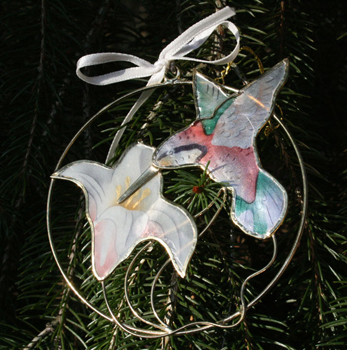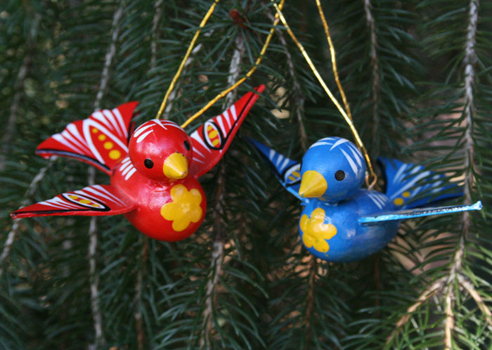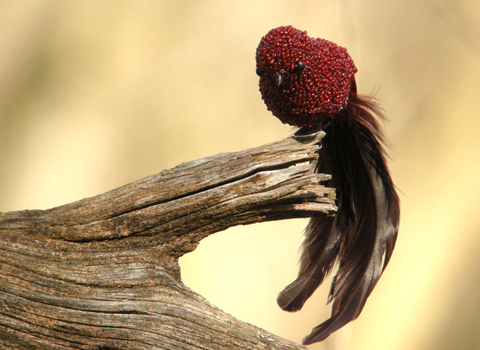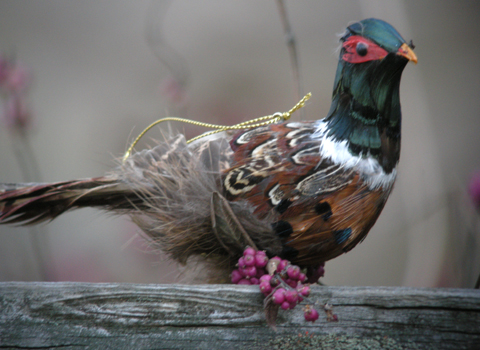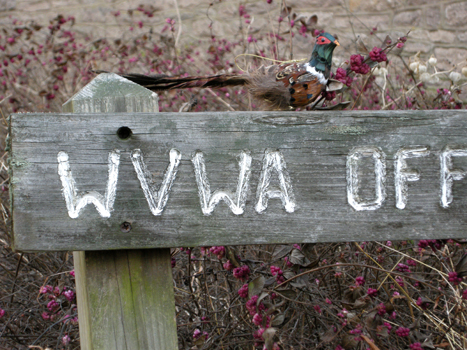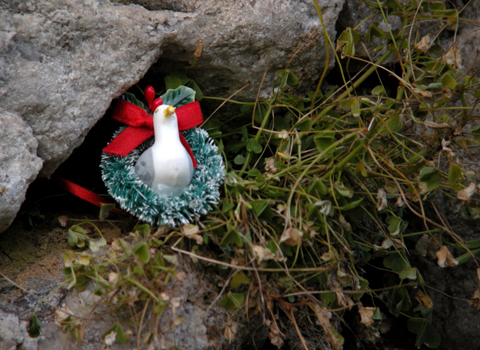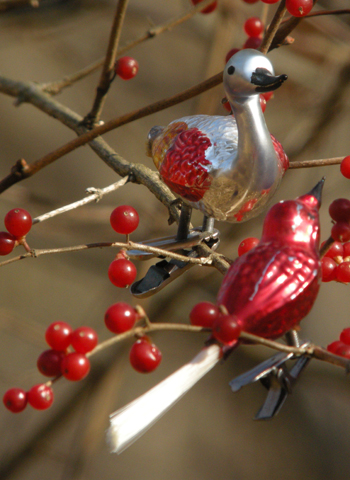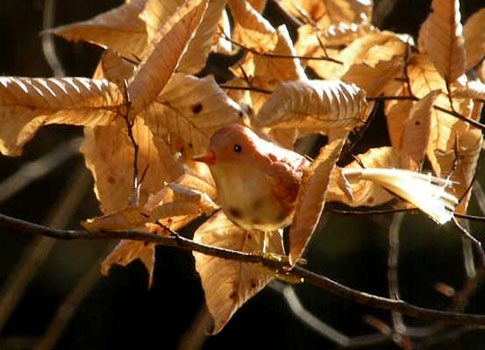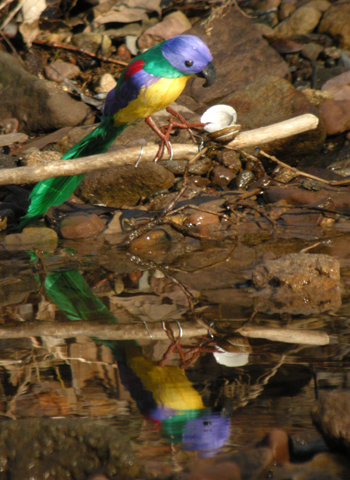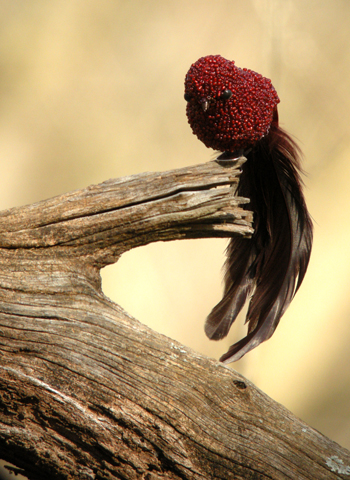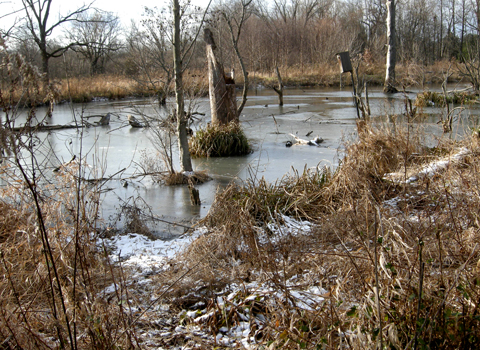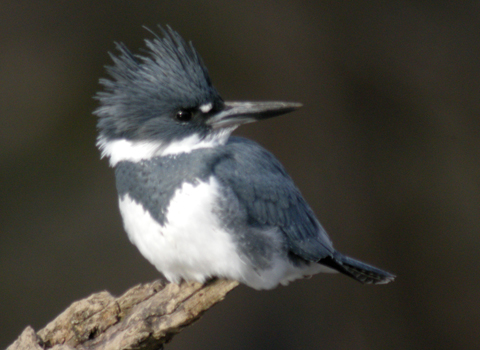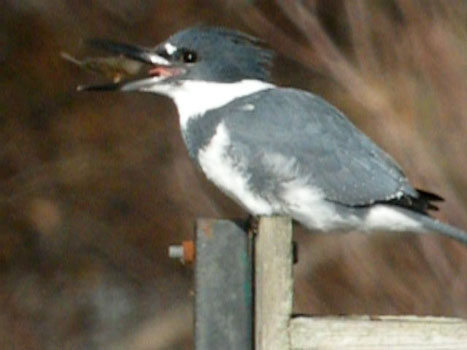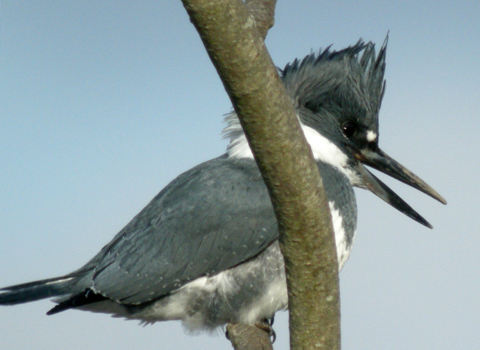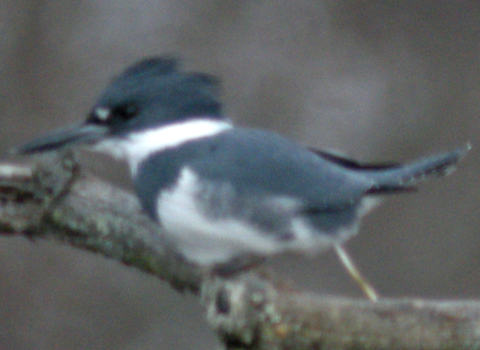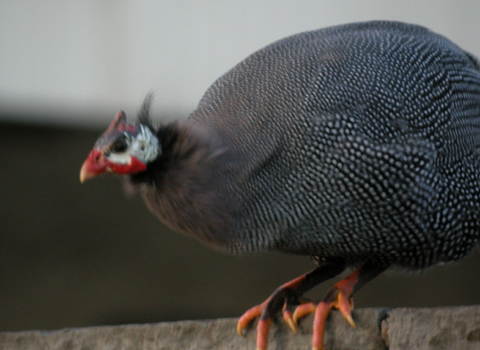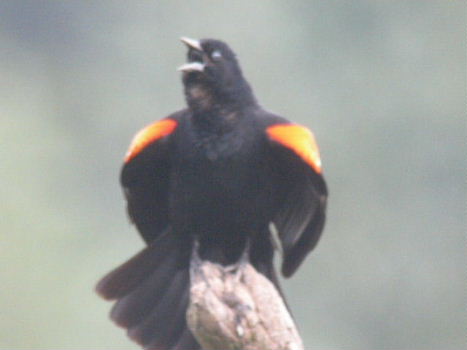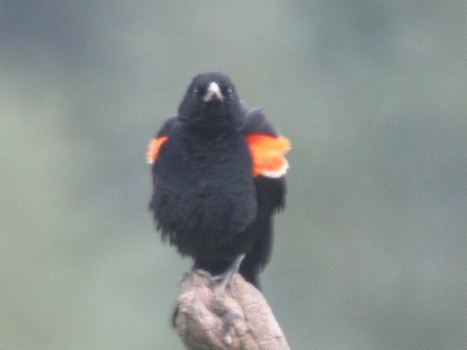Annual 2008 Xmas Tree Bird Ornament Count
Welcome to the First Annual Xmas Tree Bird Ornament Count.
I apologize for not having the submissions posted on Xmas day as planned, but I had not realized where I would be spending the holidays did not have wireless access and time was a bit hectic to slip away to a local coffeeshop. However, we do have some fun photos of Xmas tree bird ornaments that were sighted in this year.
Let’s start off the photo results of our 2008 count with two species sighted by Vicki Henderson. http://vickiehenderson.blogspot.com/
The Peach-breasted hummer lives in the Unicoi Mountains of Tennessee. It favors the environment of Yellow-bellied sapsuckers and follows them into the valley in winter, thriving on the sapsucker sap excavations. It also likes to lap the condesation from windows and looks brilliant in sunlight.
White-streaked Variagated Sparrows
These birds come in two color morphs; red and blue. Both have a yellow breast patch. They frequently squabble over who gets a higher perch in the tree, a bit like siblings decorating a tree. The birds are endemic to Solvang, CA and live there year round. Both photos were taken with a Canon Rebel Xti 355 lens.
The next photos are of some not yet fully identified species that were seen by Peter Clement, Haverford, PA. Taxonomists have however, managed to assign these birds to two families: Family Danglidae (The Danglers) and Family Clipidae (Clipids). Note the dorsal string visible on the dangler individuals.
The cardinal-like specimen and the sparrow mimics are in the Family Clipidae. Clipids are easily identified by their cliptyle foot, which is actually two feet joined into a single extremity.
The final submissions are from the Bufflehead Birder. All shots were digiscoped using a Swarovski 80 HD ATS and Nikon Coolpix P5100.
The Beaded Tanager is one of the most elegant of the clipids. A joy to see anytime.
Lesser Ring-necked Pheasant
Posed on the Wissahickon Valley Watershed Association sign. The obvious dorsal string and diminutive size easily distinguish this bird from its larger and noisier cousin.
Although a member of the Family Danglidae with its wide red dorsal ribbon, the Wreath Gull can roost comfortably anywhere by constructing an evergreen “roost ring”.
In winter the forest is alive with the chatter of Bristletails. Below a pair of Red-winged Bristletails forage for berries. The male has a silver body with red wings, while the female is all red. After a certain age some bristletails may lose their thick springy tail feathers as has the male below.
The Family Clipidae contains a large number of bristletail species. The exact number is unknown as new species continue to be described. A Copper Bristletail takes what enjoyment it can from a pale December sun.
The Painted Wissapooki is the only temperate climate parrot and inhabits riparian areas where it dines off shellfish and aquatic insects. A member of the Family Clutchidae, this bird uses its prehensile fourth toe to grasp its perch firmly while the remaining toes are free to brace prey items and obtain advantage in prying open stubborn shellfish as the Wissapooki below demonstrates. I was too late to capture the action with the video function on my P5100, or you would have been able to watch the whole thing. Next time.
